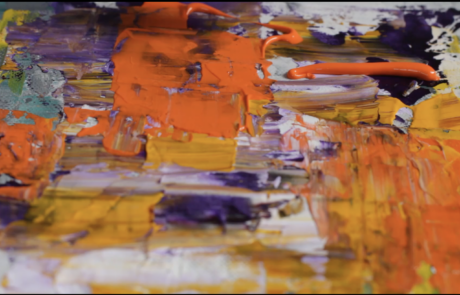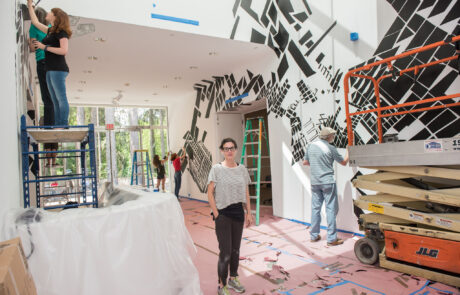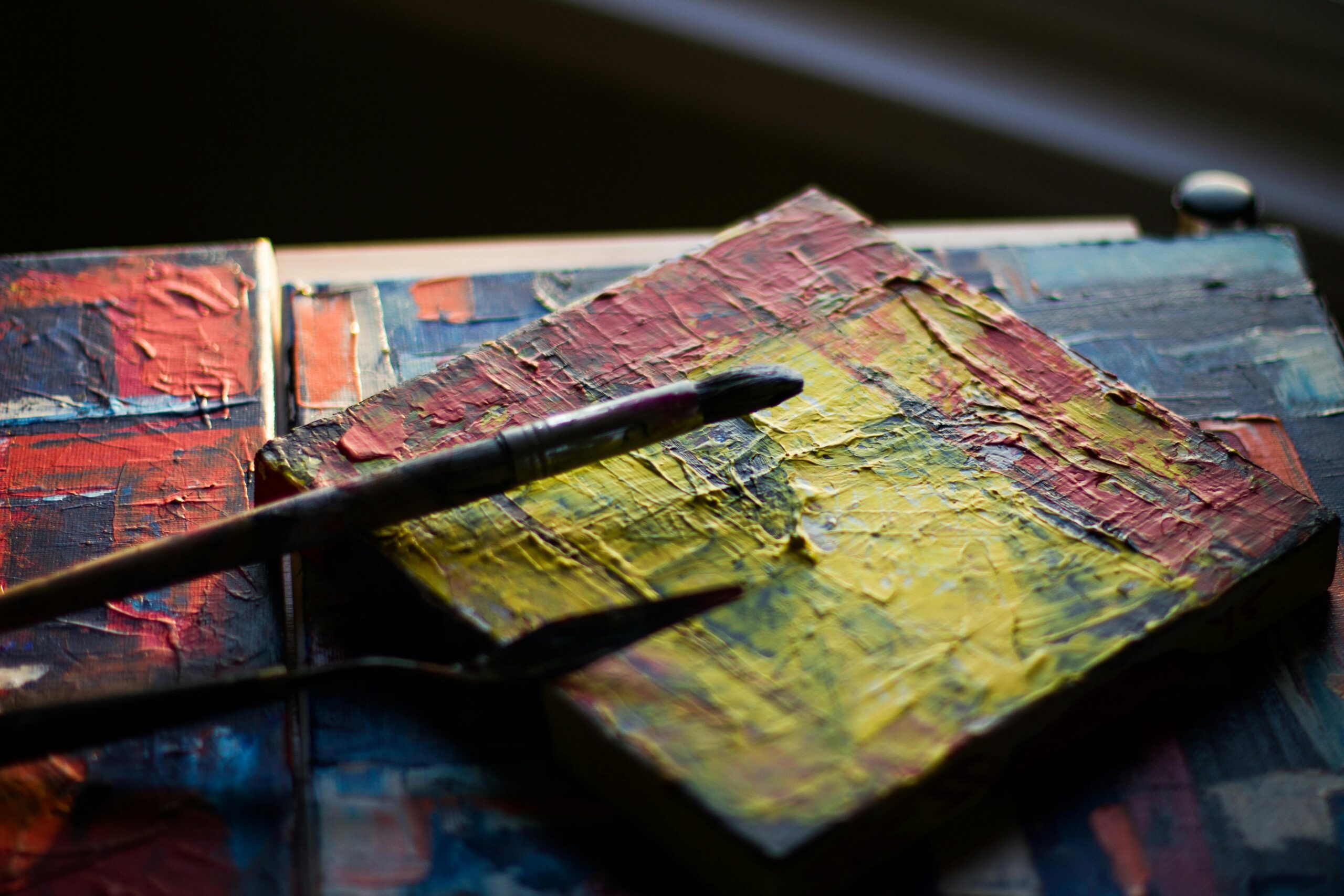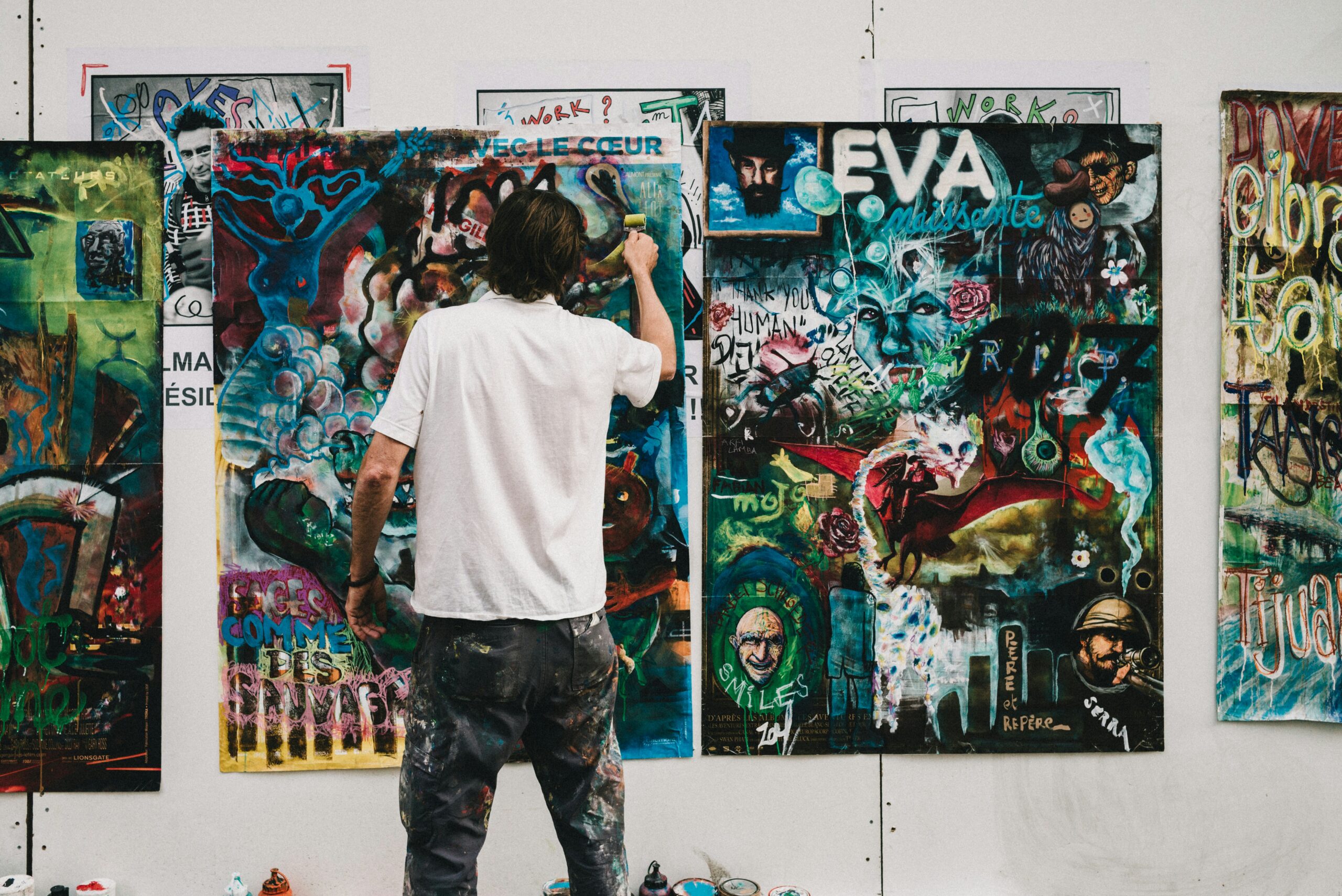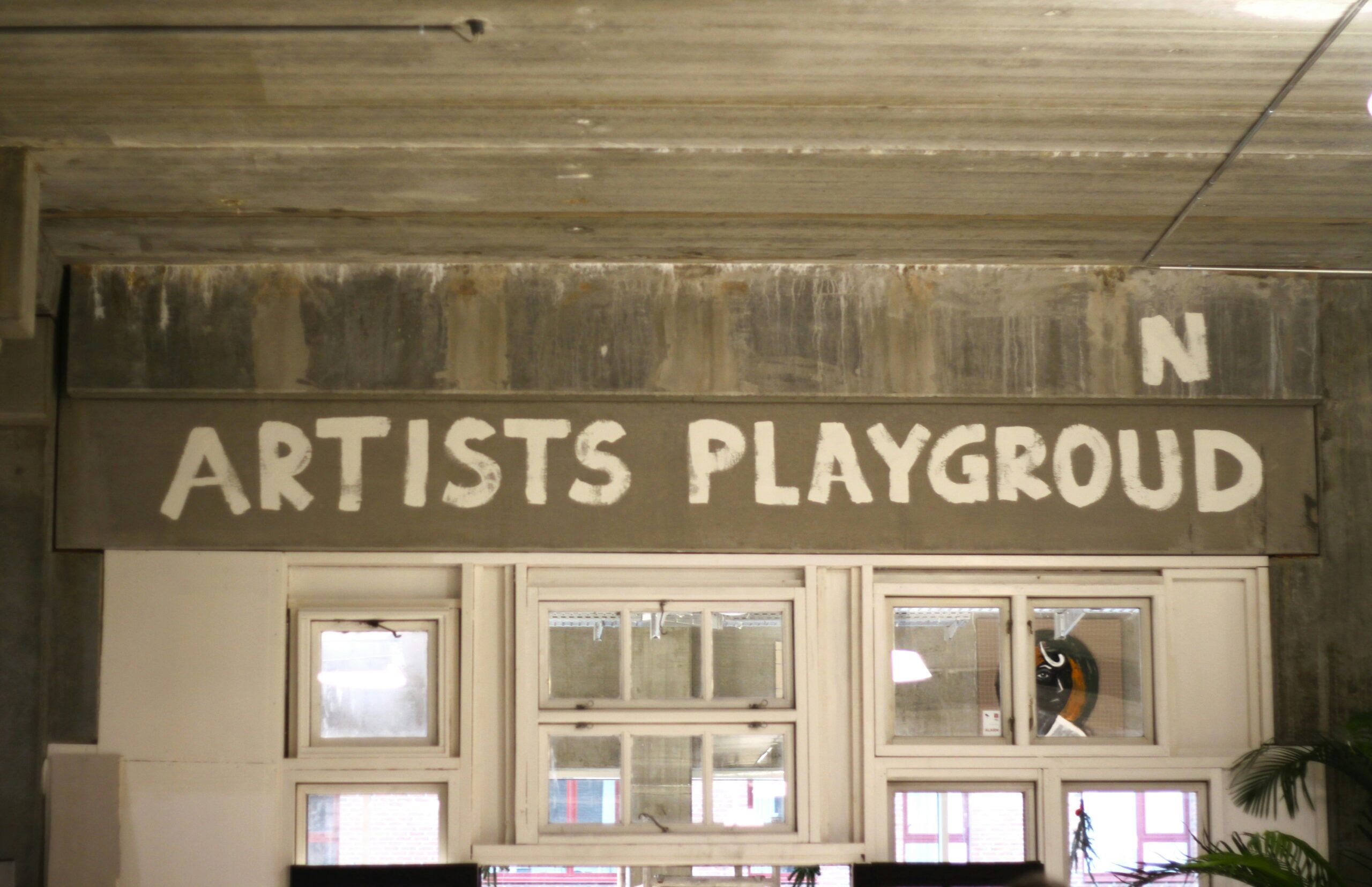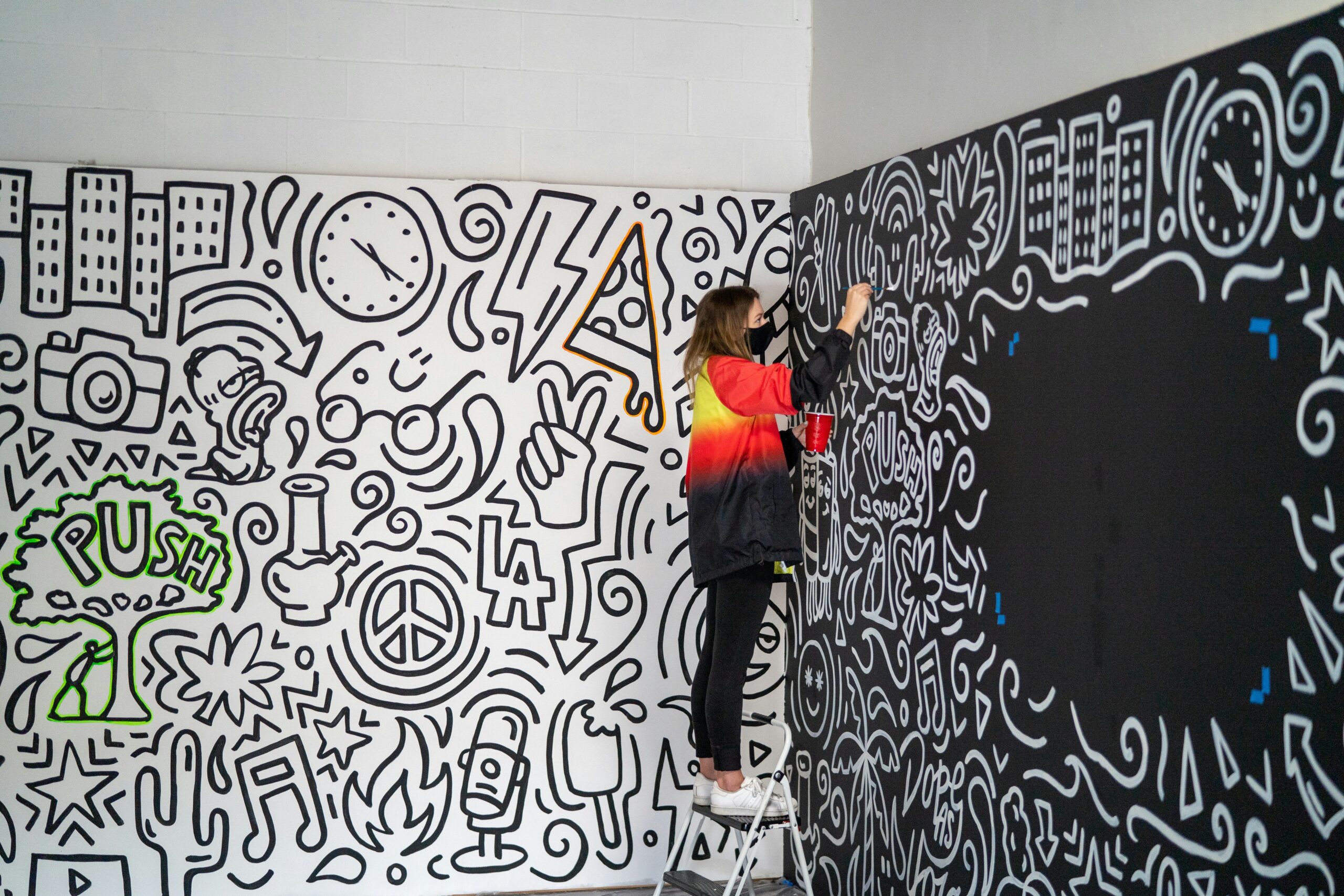How to Get Featured on Art & Culture Websites (Even Without a Publicist)

Getting your artwork featured on top art and culture websites isn’t just for established artists with PR teams. With the right strategy, you can secure media coverage that boosts your visibility and credibility. The key lies in knowing where to pitch, crafting a compelling story, and reaching out effectively. If you’re an artist looking to gain recognition, this guide will walk you through the process of securing press features—without hiring a publicist.

Understanding the Value of Media Coverage
Media coverage is more than just exposure—it builds your reputation and connects you with collectors, curators, and art enthusiasts. Being featured in respected art and culture publications can validate your work, making you more appealing to galleries, buyers, and industry professionals. Moreover, a strong media presence can increase traffic to your website and social media, leading to new opportunities.
Researching the Right Websites & Publications
Not all press is created equal—targeting the right outlets ensures you reach the audience that truly values your work. Before pitching, compile a list of publications that align with your art style and career goals. Consider the following when researching potential media outlets:
- Relevance: Does the publication cover artists like you?
- Audience: Who reads the website? Are they collectors, curators, or fellow artists?
- Previous Features: Look at past articles to understand their style and what they look for in a story.
By focusing on niche publications and blogs that cater to your specific art style, you increase your chances of getting featured.
Crafting a Strong Artist Story
Journalists and editors aren’t just looking for great art—they want compelling stories that engage their readers. Your story is what makes you stand out. To create an engaging narrative:
- Highlight your artistic journey—what inspired you to create?
- Discuss the themes and messages behind your work.
- Share any challenges you’ve overcome in your career.
For example, an independent artist who transitioned from a corporate job to full-time painting can frame their story around that bold leap. Personal, authentic stories resonate with readers and editors alike.
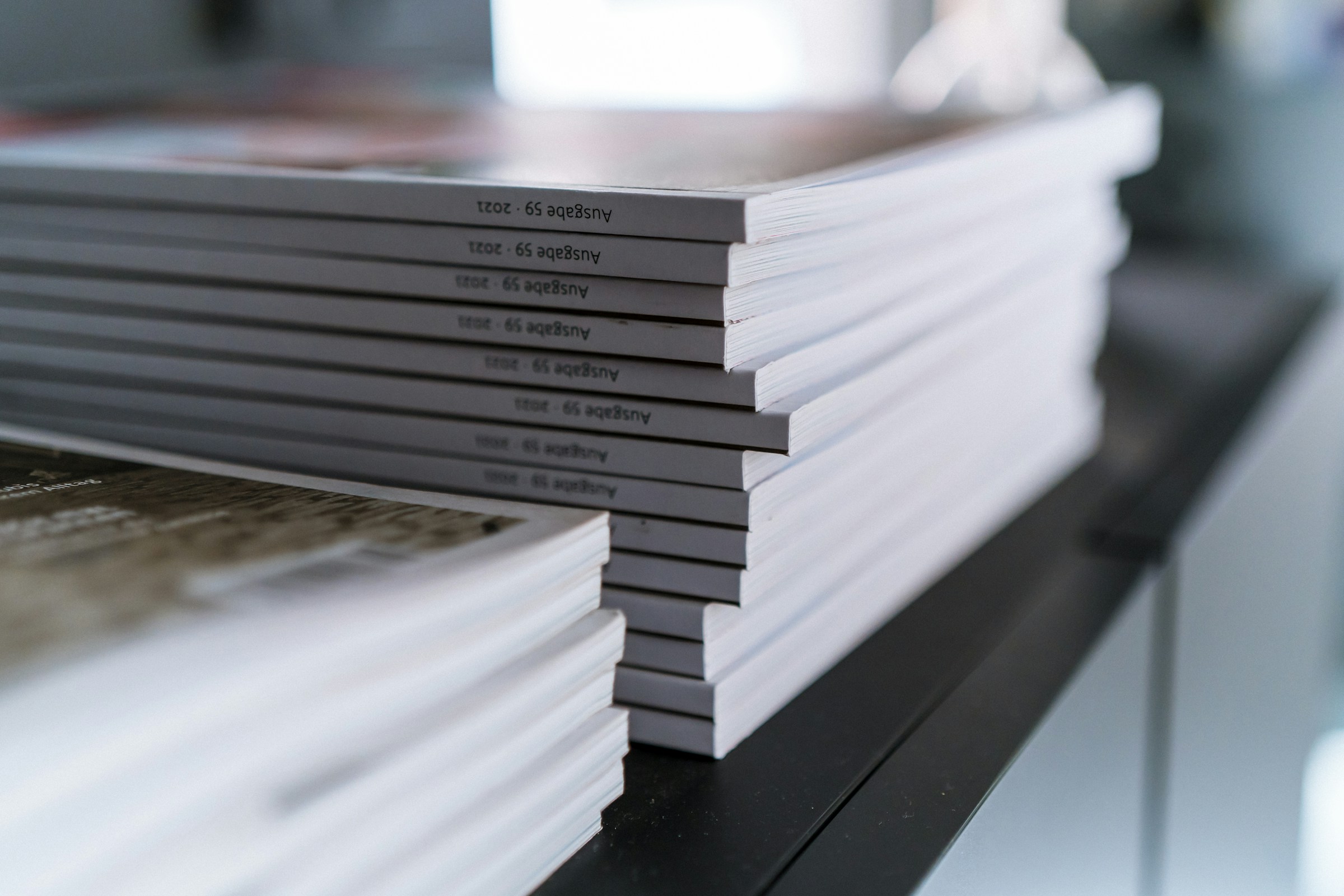
Creating a Press Kit That Stands Out
A well-organized press kit makes it easy for journalists to write about you—so make sure it’s professional and complete. A strong press kit should include:
- A well-written artist bio
- A compelling artist statement
- High-resolution images of your work
- Links to your website and social media
- Any past press features, awards, or exhibitions
Using free tools like Canva or Google Drive, you can create a polished press kit that is easy to share. Having this ready in advance makes it easier to respond to media opportunities quickly.
Writing a Persuasive Media Pitch
Your pitch needs to be concise, personalized, and aligned with what the publication covers. When crafting your pitch email:
- Subject Line: Grab attention with a compelling subject, like “Emerging Abstract Artist Explores Mental Health Through Color.”
- Introduction: Address the journalist by name and briefly introduce yourself.
- Why Your Work Matters: Explain why your art is unique and relevant.
- Call to Action: End with a clear request, such as an interview or feature opportunity.
Avoid generic pitches—customize your email for each publication to increase your chances of a positive response.
Leveraging Social Media & Networking
Engaging with journalists and editors online can increase your chances of getting noticed before you even send a pitch. Here’s how to build connections organically:
- Follow and interact with art journalists and bloggers on Twitter, Instagram, and LinkedIn.
- Share and comment on their articles to build familiarity.
- Use relevant hashtags and tag publications when sharing your work.
Networking in artist communities and online forums can also lead to unexpected press opportunities.
Following Up Without Being Pushy
A well-timed follow-up can be the difference between being ignored and getting published. If you don’t hear back after a week, send a polite follow-up email:
- Keep it short—remind them of your previous email.
- Reiterate why your story is a good fit.
- Express appreciation for their time.
If you still don’t get a response, don’t take it personally. Media professionals receive countless pitches. Stay persistent and move on to the next opportunity.
Maximizing Your Press Features
Once you secure a feature, your job isn’t done—amplifying the coverage ensures it reaches the widest audience possible. Here’s how to make the most of your media mentions:
- Share the article across your social media platforms and tag the publication.
- Include press mentions on your website and in your email signature.
- Repurpose the feature into an Instagram post, story, or LinkedIn update.
By leveraging your media features, you not only boost your credibility but also attract future press opportunities.
Final Thoughts: Your Art Deserves Recognition
Securing media coverage without a publicist takes effort, but with research, persistence, and a strategic approach, you can successfully get your art in front of the right audience. Start small, refine your pitch, and keep building relationships with the media—your next big feature could be just an email away.
Q: How often should I post content?
A: Consistency is more important than frequency. Posting 3-4 times per week on social media and once a month for blogs or newsletters is a good starting point.
Q: Do I need a website for content marketing?
A: Yes, a website acts as a home base for your content, providing a professional platform for showcasing your work, blogging, and selling art.
Q: What if I’m not good at writing or making videos?
A: Start with the format that feels most natural. If writing isn’t your strength, focus on visual content like videos and images. Over time, you can explore new formats or outsource content creation.
Q: How do I know if my content marketing is working?
A: Track engagement, website traffic, and sales to gauge effectiveness. If engagement is low, experiment with different content types and posting times.




